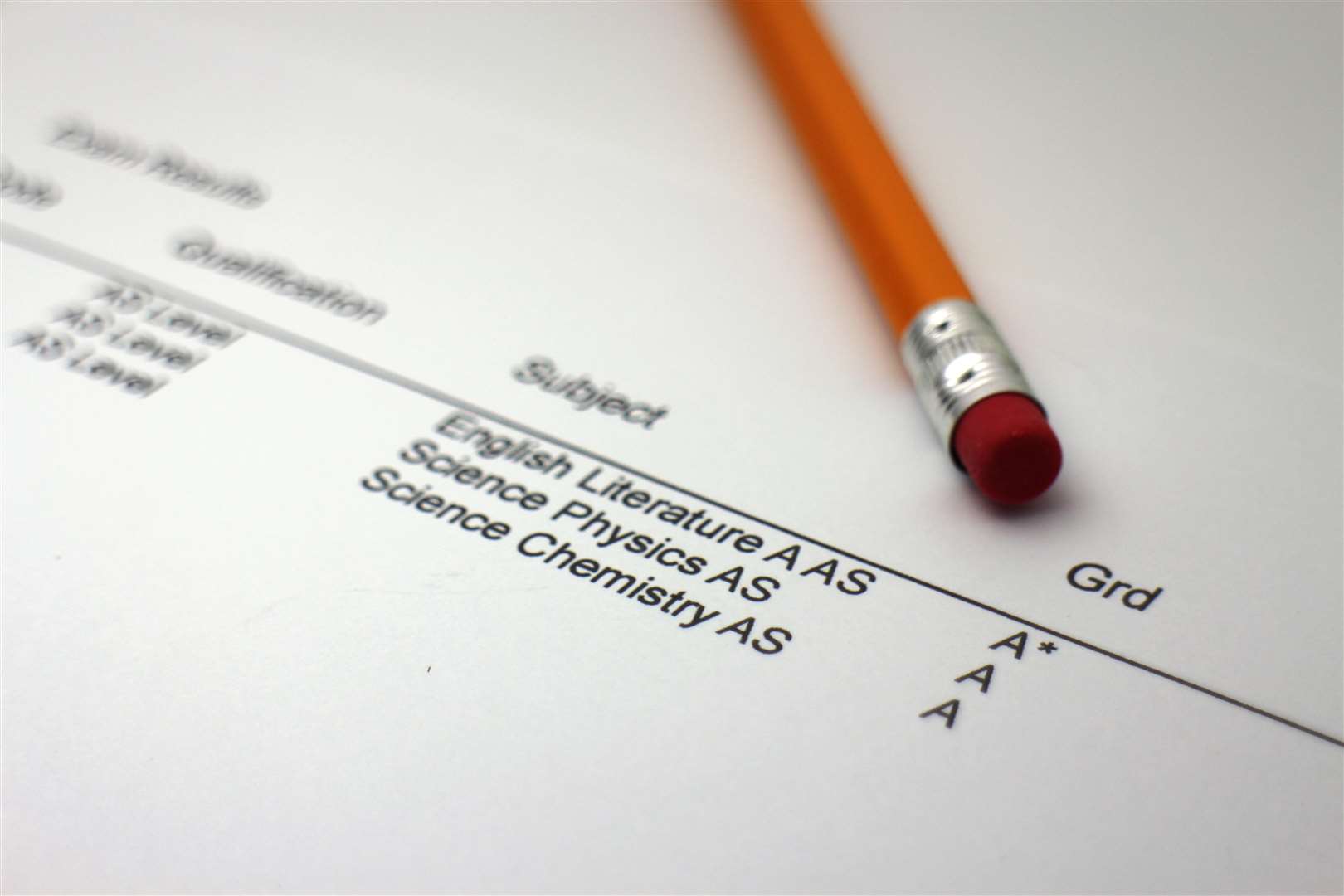2025-04-21 14:20:25
Understanding A Level grade boundaries is essential for every student preparing for the upcoming exam season. These thresholds determine the minimum marks required to achieve grades like A, B, or A*, and they can guide your revision strategy and boost your confidence.
Whether you're taking the exam in Vietnam or internationally, this guide will walk you through what A Level grade boundaries are, how to find them, and how to use them to your advantage.

Grade boundaries represent the minimum marks needed to achieve each grade (A*, A, B, etc.) in an exam paper. For example, if the boundary for an A is 75 out of 100 on a given paper, that means students must score at least 75 to earn that grade.
These boundaries change each exam session, based on the difficulty of the paper and the overall performance of all candidates. They help ensure that grading remains fair and consistent from year to year.
If you're a private candidate in Vietnam or studying A Levels at a local international school, your exam board is likely one of the following:
Website: Grade Threshold Tables – Cambridge
When released: Typically published on the same day as the official results (e.g., August for the May/June series).
How to read them: You’ll see grade thresholds for each paper (you should search by Subject Code), listed by maximum score and the marks required for A, B, C, etc.
Website: Edexcel Grade Boundaries
Select the exam session and filter for the subject to find grade thresholds.
View per-paper score requirements for each grade.
Each A Level paper is unique. Some are harder than others. To maintain fairness, grade boundaries are adjusted based on exam difficulty and how students perform overall.
If a paper is more difficult than usual, grade boundaries may be lowered.
If it's easier than expected, boundaries may be raised.
This process ensures your grade reflects your true ability and is not unfairly impacted by a single tough paper.
Understanding grade boundaries can significantly improve how you prepare for your exams:
Work Backwards From the Goal: If aiming for an A (typically 80%), calculate how many marks are needed in each paper and set that as your benchmark.
Practice With Purpose: When doing past papers, simulate real exam conditions and score your answers. Compare your results to past grade boundaries to gauge your progress.
Adjust Strategy: If you're consistently scoring just below the grade you need, identify specific topics or question types that are costing you marks and work on them intensively.
Weak topics to revise again
Types of questions you consistently miss
Opportunities to gain method marks
In Vietnam, many students register for A Levels through British Council, Cambridge-authorized schools, or private centers. It's important to:
Check your exam board and subject codes
Use your mock scores and compare them with the latest grade boundaries
Discuss your academic targets with tutors who understand the grading system
At Tutoring Space, we provide tailored exam prep based on grade boundaries, past paper performance, and curriculum understanding. Whether you’re preparing for AS or full A Levels, we’ll help you build a smart, data-driven strategy to meet your goals.
Grade boundaries are more than just numbers, they are milestones that can help you measure progress and plan for success. By understanding how they work and how to apply them, you can turn your A Level preparation into a focused and rewarding experience.
Need help targeting an A or A*?
Get personalized A Level tutoring and performance tracking at Tutoring Space. Reach out now for a free consultation.
Date posted 2025-04-21 14:20:25 - updated_at: 2025-05-18 14:14:46
Latest News